DURABILITY

Removing stains:
tea or coffee
Find out more

Removing stains:
tea or coffee
Immediately wet the fabric with cold water. Gently dab with a cloth soaked in white vinegar. For white fabric, use oxygenated water 10-12 vol. (available from pharmacies).
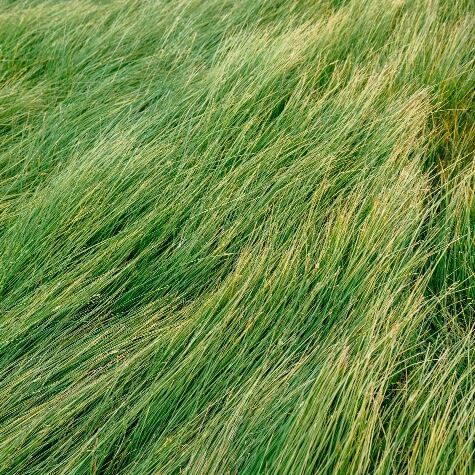
Removing stains:
grass
Find out more

Removing stains:
grass
The best way to get grass stains out of fabric is to gently rub it with a cloth soaked in methylated spirit, then wash as normal. Stain persisting and the material is white cotton? Leave the fabric to soak in a hot water and sodium percarbonate solution for a few hours. Stain persisting on cotton in a different colour, or on another material? Use 90% alcohol or white vinegar.
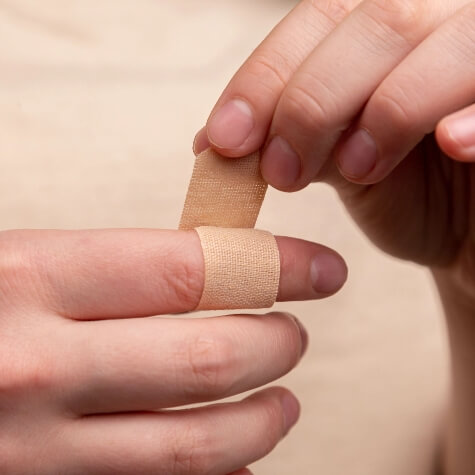
Removing stains:
blood
Find out more

Removing stains:
blood
Wash the stain in cold water for a few minutes, then rinse. Never use hot water as this will set the stain in place. If a stain persists and the material is white, soak the fabric in bleach or oxygenated water. If a stain persists on a different-coloured fabric, dissolve an aspirin tablet in a glass of water and dip the material in for a few minutes.

Removing stains:
ink
Find out more

Removing stains:
ink
Wool or cotton? Dab with 90% alcohol. Polyester? Use solvent. Suede? Use an ink rubber. Wash your stain-free garment in the washing machine. If the stain still persists, make a white vinegar and cold water solution, then rub the fabric with the solution. Machine-wash to get rid of the stain for good.

Removing stains:
fruit and vegetables
Find out more

Removing stains:
fruit and vegetables
Fruit and vegetable stains oxidise in the air and—especially—in the heat (e.g. tumble-drying or ironing). They go brown and quickly attach themselves to clothing fibres. So, it's important to wash clothes with these stains fast. Dab the stain with a cloth soaked in white vinegar or oxygenated water 10-12 vol.

Removing stains:
wine
Find out more

Removing stains:
wine
If the stain is recent, sprinkle the garment with talc or flour. Leave it to absorb for 1 hour. Then, rub the stain and put the garment in the washing machine. If the stain is embedded or old, make a lemon juice and bicarbonate of soda solution, apply it to the stain and leave it to work for an hour or more. It's important to then wash the fabric in clean water. Don't use salt. Although many people think it removes stains, salt can actually damage fabric. Also make sure to tackle the stain before you put the garment in the washing machine.

Removing stains:
sweat
Find out more

Removing stains:
sweat
Yellowish sweat stains can be easily removed if you pat them with oxygenated water (sold by pharmacies). Leave other fabric to soak for half a day in cold water with white vinegar added.
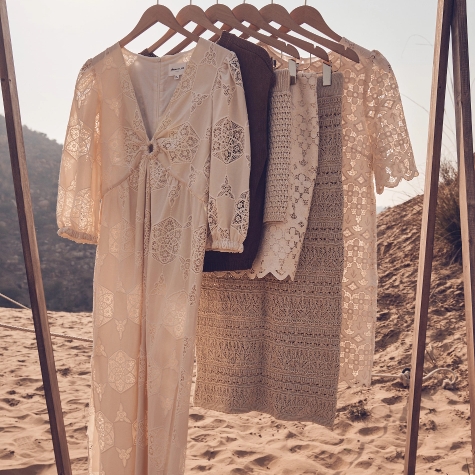
How to care for:
cotton
Find out more

How to care for:
cotton
Pamper your cotton clothes by washing them at a maximum of 40°C, even if they're hard-wearing. Cotton may be damaged by too much washing. We generally suggest using a delicates cycle at 30°C (especially if a garment has accessories on it), and washing items inside out if possible.
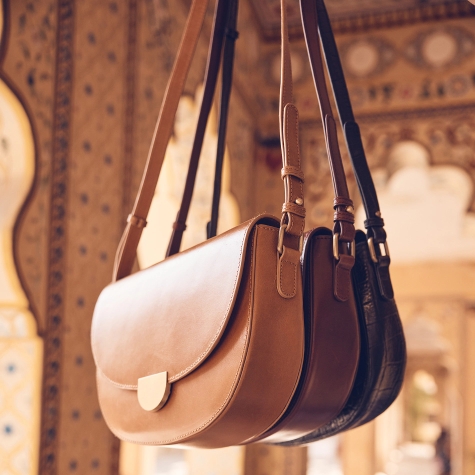
How to care for:
leather
Find out more

How to care for:
leather
Keep your leather clothes and accessories away from rain, heat, chemicals and rough surface for their own protection. If you want leather to last, make it waterproof using a leather protector suitable for the particular type of leather. Every item is unique and should be cleaned in its own special way. It goes without saying that you should never put leather in the washing machine. We suggest you have your leather looked after by a specialist.
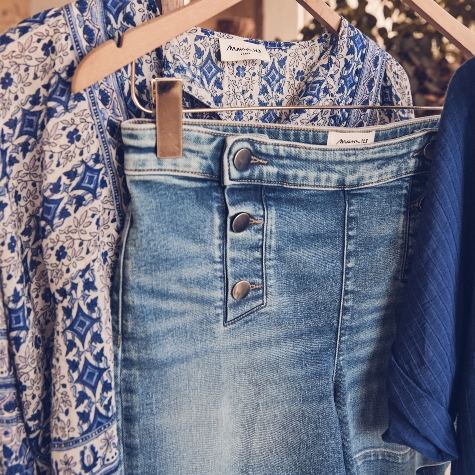
How to care for:
denim
Find out more

How to care for:
denim
Did you know that denim should be washed inside out to preserve the colour, and at a low temperature (30°C). Denim tends to shed dye the first few times it's washed, so make sure not to put it in the machine with white clothes! Always leave denim to air-dry.
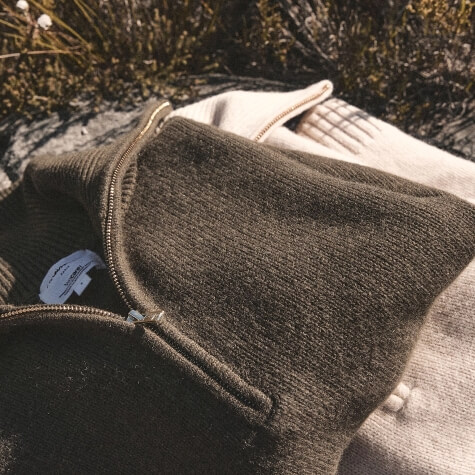
How to care for:
wool
Find out more

How to care for:
wool
To help your wool jumpers last, wash them with a gentle detergent specifically designed for wool. Wash by hand or use the cold wool cycle on the washing machine at under 800 RPM to stop it lustering. Don't iron wool (also to stop it lustering).
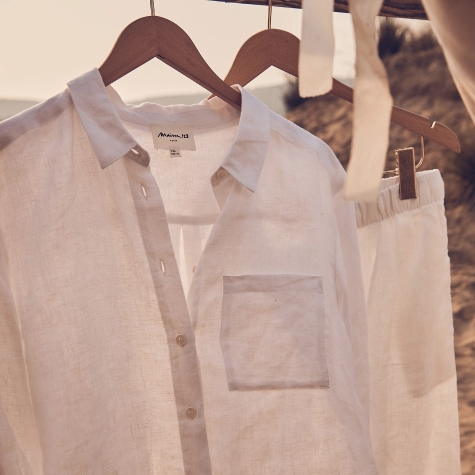
How to care for:
linen
Find out more

How to care for:
linen
Wash linen in the washing machine at no more than 40°C. We suggest using a delicates cycle at 30°C. The first time you wash a linen garment, put it in the machine inside out – either on its own or with other clothes in similar colours. Little colour-catching laundry sheets also work well. Allow linen to air-dry. If you want it to return to its original shape, you'll need to iron it.

How to care for:
mohair
Find out more

How to care for:
mohair
Be gentle on this natural fibre: wash by hand or use the cold wool cycle on the washing machine. Add gentle detergent and put the mohair garment inside out and put in a net bag to protect it from the drum. Dry this fabric away from heat to preserve the colour, and flat to keep its shape. Don't iron mohair (to stop it lustering). However, you can use steam to get the creases out.
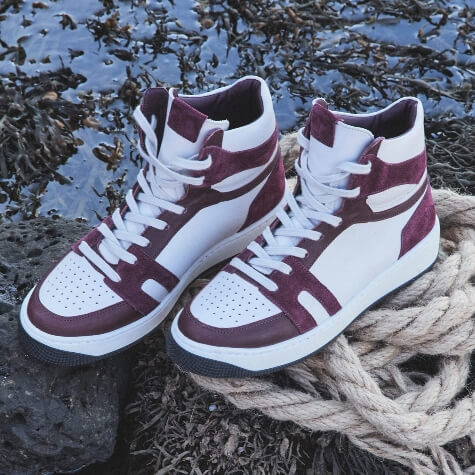
How to care for:
synthetic fabrics
Find out more

How to care for:
synthetic fabrics
These handy materials don't crease or lose their colour. Read the care label to find out what temperature wash to use. A gentle 30°C cycle should be enough to remove tough stains.
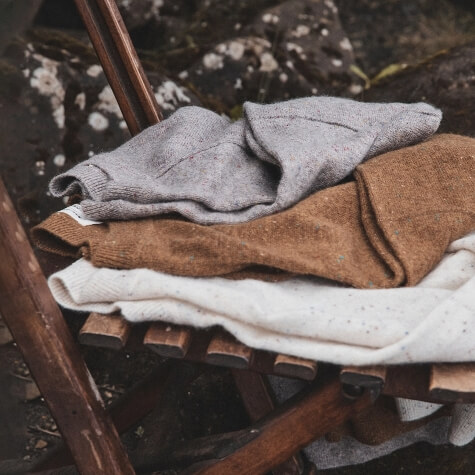
How to care for:
cashmere
Find out more

How to care for:
cashmere
If you want your cashmere to stay lovely and soft, avoid washing it too often. It's well worth using a gentle detergent and the cold wool cycle on the washing machine. The best approach is to put the garment in a laundry bag to prevent it being damaged or misshapen. If you prefer to hand-wash, soak the garment and gently pat it. Then rinse in clean water. Dry this fabric away from heat to preserve the colour, and flat to keep its shape. Don't iron cashmere (to stop it lustering). However, you can use steam to get the creases out.
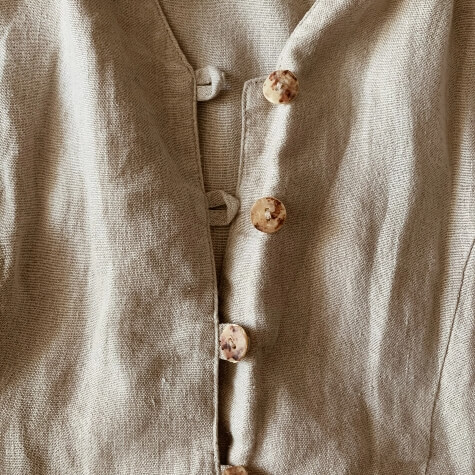
How to sew
on a button
Find out more

How to sew on a button
Prepare your button, a needle, some thread and a match or a toothpick. Put the button in the right place on the fabric. Once the needle is threaded, put the match on top of the button. Take the needle through the button holes and over the match. Remove the match. Gently pull on the button to get rid of the space between the button and the fabric that has been left by the match. Wrap the thread tightly around the threads under the button to create a shaft.
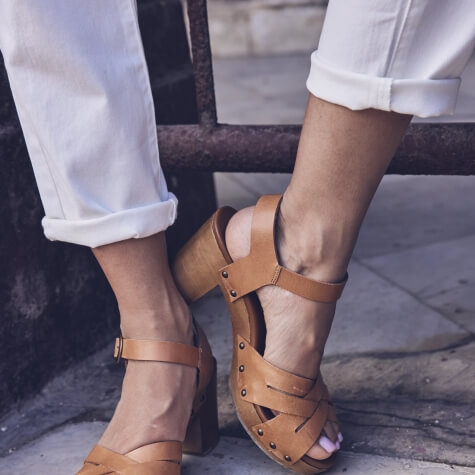
How to hem without
a sewing machine
Find out more

How to hem without a sewing machine
If you're facing an emergency or just don't like sewing, get yourself some hemming tape and an iron. Place some tape inside a hem. Fix it in place with the iron, remove the adhesive paper and set the hem back in place with a final iron.
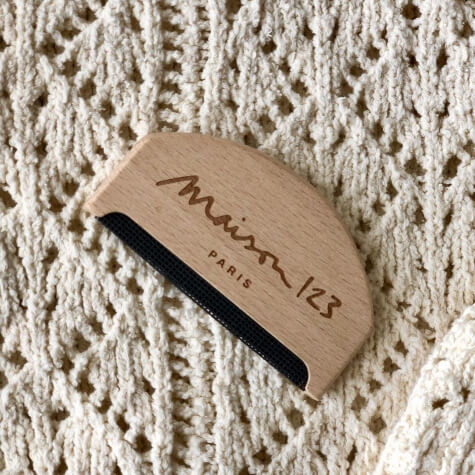
How to stop
fabric bobbling
Find out more

How to stop fabric bobbling
The cold tightens up the fibres on wool clothes with bobbles. So, put the garments into plastic bags, then into the freezer for 48 hours. If bobbles remain, roll one of your granny's hair rollers over them. For quicker results, use our bobble remover comb.

How to tackle
smelly shoes
Find out more

How to tackle smelly shoes
To remove unpleasant smells, sprinkle with talc or pop bicarbonate of soda into shoes and leave to work for a few hours. Looking for a simpler approach? Leave shoes to air when you take them off, wear socks with trainers and invest in insoles.
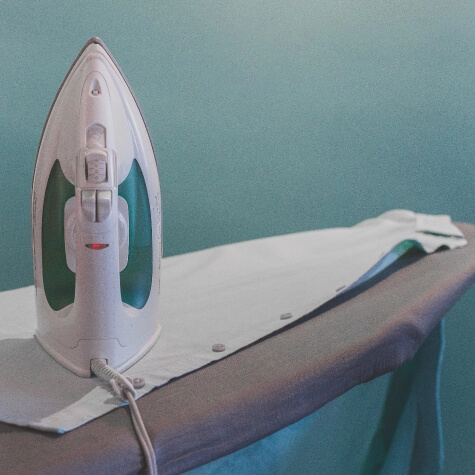
How to be an
ironing expert
Find out more

How to be an ironing expert
Iron clothes inside out wherever possible to avoid burning or creasing them. Start by choosing the right temperature for synthetic fabrics (polyamide, viscose, etc.), materials of animal origin (wool, silk, cashmere, etc.) and fabrics of plant origin (cotton, linen, etc.). The recommended temperature is shown by the number of dots on the garment label. 1 dot = low temperature. 2 dots = medium temperature. 3 dots = high temperature.

How to understand
care labels
Find out more

How to understand care labels
The care labels on our clothes tell you exactly what to do. Here are the symbols you may come across:
• The bowl full of water means you can wash the garment. It states the temperature recommended (from 30°C for fragile fabrics up to 90°C for sheets). Hand-wash if machine-washing isn't recommended.
• Icons in a circle with a P, F or W are for dry-cleaning professionals: dry-clean (P and F) and wet clean (W).
• The circle in a square is the tumble dryer symbol. It tells you whether you can tumble-dry the garment. If you can't, you'll see a cross through the icon. The recommended programme is shown by the number of dots. 1 dot = delicates programme. 2 points = normal programme.
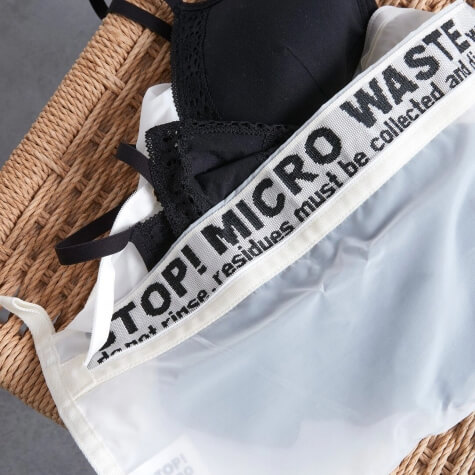
Protecting
the oceans
Find out more

Protecting the oceans
Protect synthetic and/or delicate clothes and make them last longer by using a laundry bag. These reduce the amount of microfibres that wash off clothes and end up in rivers and oceans. After washing your clothes in the bag, remove the microfibres and throw them away with your plastic waste.

